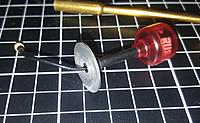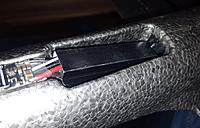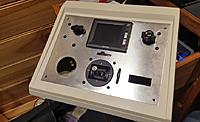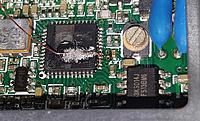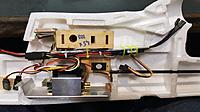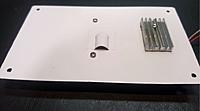The quest to build smaller lighter and more efficient planes goes on.
I didn't want to step back on anything with this build, the XB had the look, the size and the brand quality to at least tick most of the boxes needed, the only unknown question was, how would it fly?
I primarily wanted something to allow good night performance (by full moon) as well as satisfy daytime adventuring and so deliver good range, endurance, speed and rate of climb. Added to the list in a mix of priorities are ideally it should have a wide speed envelope with good stall characteristics, be able to tolerate wind and unexpected squally conditions, ideally be easy to land (essential for night flying) and be tough enough to withstand a few less than perfect launches and landings.
After flying several tuning and trimming test flights with this Xbird it does tick most of the boxes, but has at least one pretty big red cross.
Again not in exact order but out of ten for each requirement, so far I'd rate it the following way.
Ease of launch :9/10 that is to say, every launch including maidens went without incident, it just climbs from my hand or catapult like a missile.
Handling: 7/10. It is purely bank and yank, but it seems to wash out in tighter turns (no dihedral) and sometimes needs exaggerated inputs to pull it around,
but cruising along and taking in views it's just fine, so long as there is no wind.
Wind Tolerance 2/10. This is going to be a
...Continue Reading
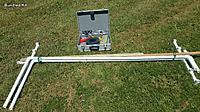 Views: 84
Views: 84  Views: 73
Views: 73  Views: 79
Views: 79  Views: 83
Views: 83 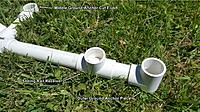 Views: 70
Views: 70  Views: 74
Views: 74  Views: 72
Views: 72  Views: 68
Views: 68 


